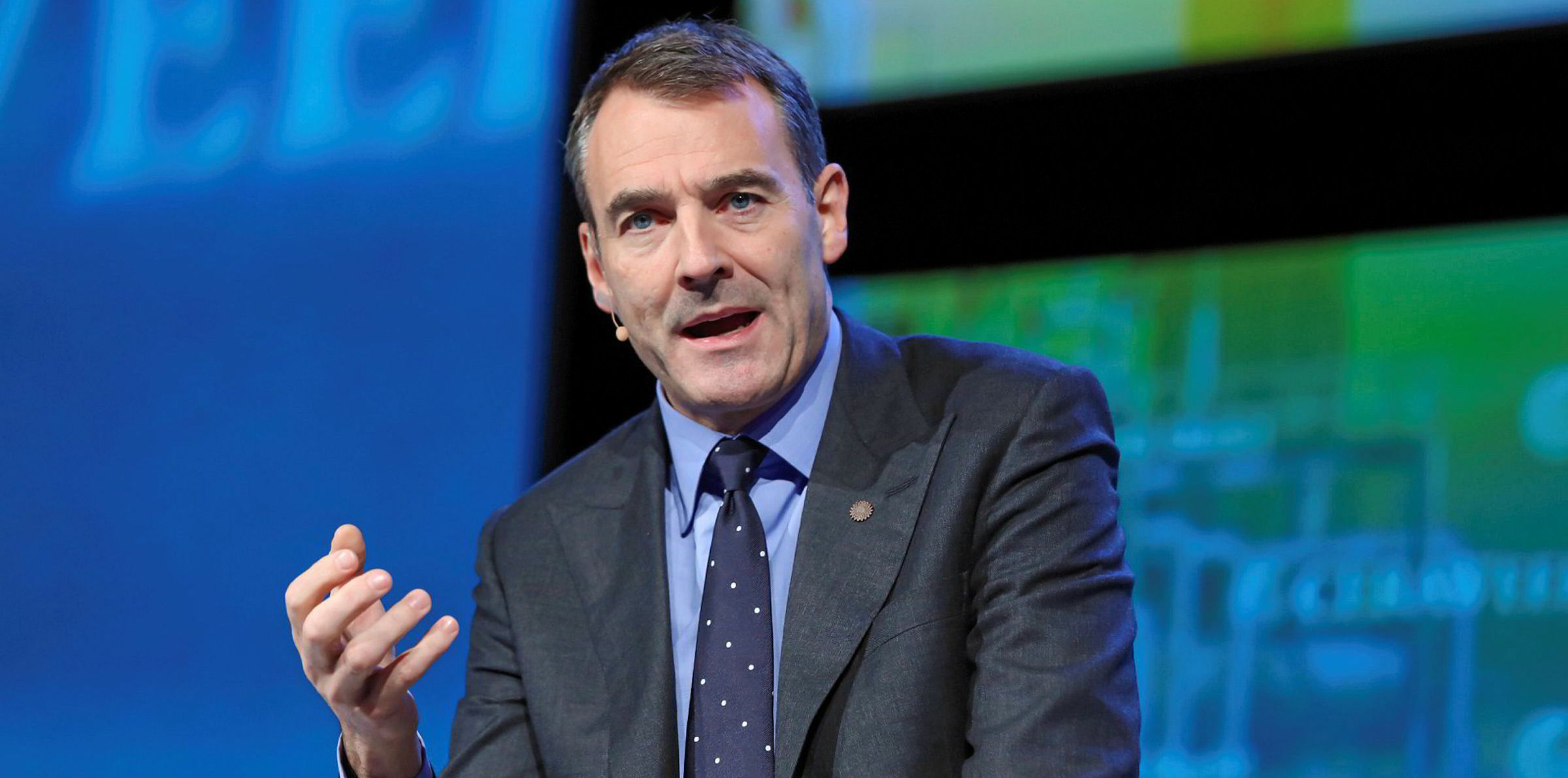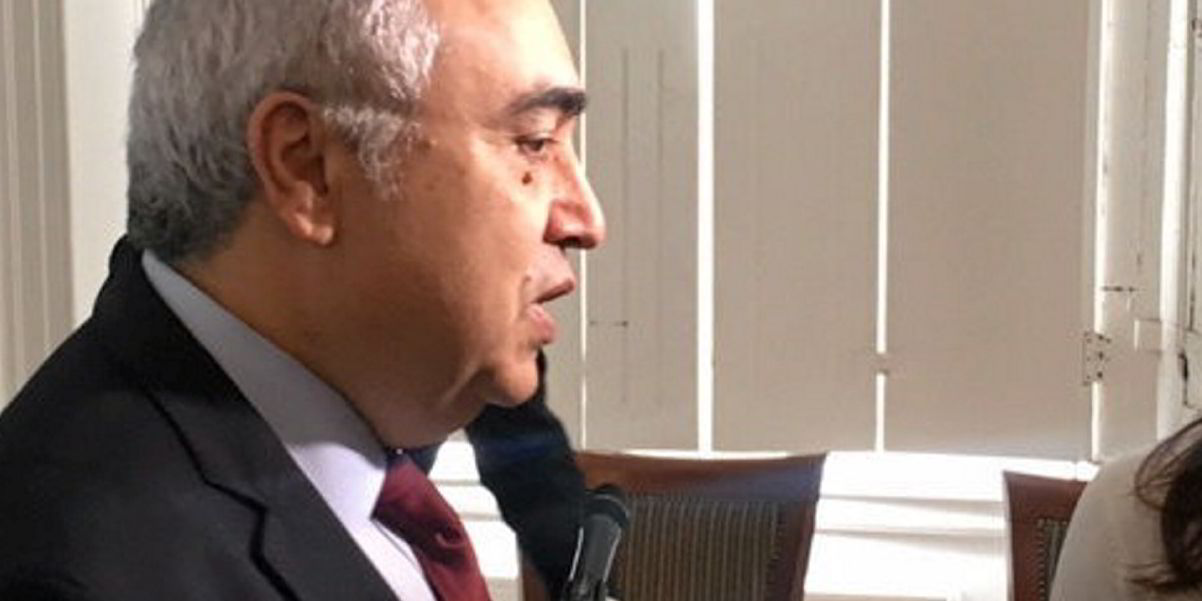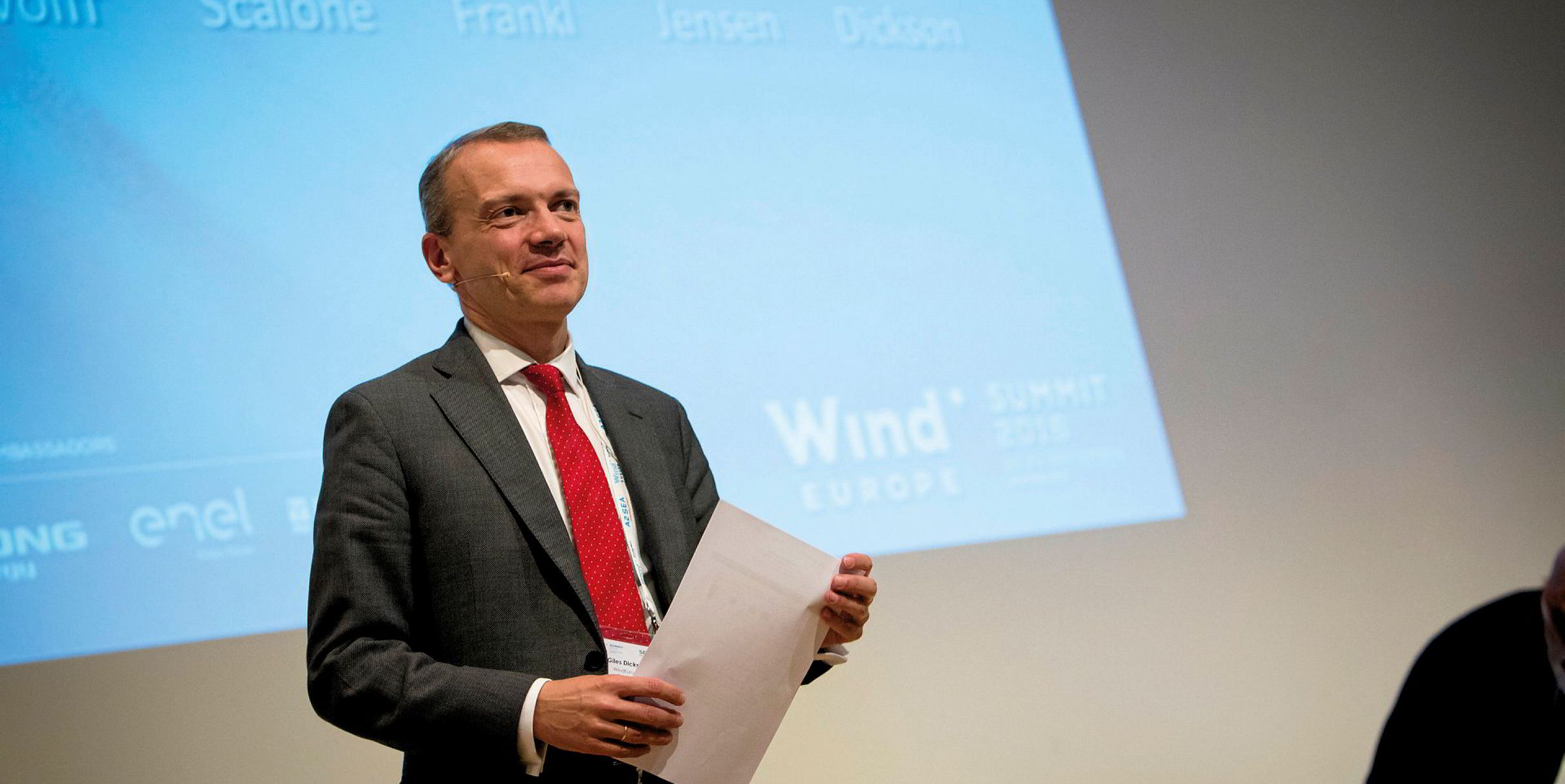It says a lot about the changes the energy transition is wreaking on the old order of things that the deal of the week in renewables was the deal of the week in oil and gas too.
BP’s $1.1bn agreement to take 50% of two giant US offshore wind projects alongside fellow fossil player Equinor marked a dramatic entry for the UK-based supermajor to wind at sea. It also spells the start of a formidable partnership in renewable energy that combines financial muscle and project expertise across floating and fixed-bottom wind.
The benefits of the arrangement and how it fits into Equinor’s plans were set out in an exclusive interview with Recharge by the Norwegian group’s New Energy Solutions chief Pål Eitrheim, who declared that the two “can do more together than apart”.
In the case of BP – whose preference for the US for its entry to offshore wind was revealed by Recharge last year – the US deal means it finally joins other European oil & gas supermajors Shell and Total, as well as smaller players such as Repsol and Eni, in a sector where Equinor has been a trailblazer for the fossil industry.
As a Recharge analysis article noted, BP’s arrival also underlines the dominance of European fossil and utility groups – including Orsted, Iberdrola and EDF – in America’s offshore wind revolution, with the giants of the US sector largely on the sidelines.
Floating wind has enjoyed a good few weeks, with a growing roll-call of global energy giants lining up behind the sector, not least as highlighted by a 2GW-plus plan by French oil major Total and investment house Macquarie off South Korea.
With that sort of endorsement ringing in its ears the floating sector gathered (partly in person in Marseille but mostly digitally) for FOWT 2020, the industry’s largest event that was as usual given extensive coverage by Recharge.
The conference was trailed by an exclusive Recharge interview with Aaron Smith, recently appointed chief commercial officer of Principle Power, who talked through the sector pioneer’s progress to date and why he believes floating will far exceed the forecasts made for its growth today.
The growing appetite of big players from the oil and gas and utility sectors for potential equity investments in earlier-stage floating wind projects was noted as promising for growth during FOWT, which also heard that Swedish offshore wind giant Vattenfall, which has so far stayed on the sidelines, may consider partnerships for a floating debut.
Floating wind’s global potential was further underlined by news that California is considering opening more zones for development off its central coast.
However, sector heavyweights Equinor and MHI Vestas warned that floating wind needs to settle on a handful of proven platform designs and scale-up to reap the cost benefits of industrialisation and mass production.
Outgoing Orsted CEO Henrik Poulsen is the definition of a tough act to follow, but the global offshore wind leader this week named Mads Nipper as the one for the job.
Nipper will take over from Poulsen at the top of the Danish group from January, leaving his current role as boss of compatriot pump manufacturer Grundfos – meaning Orsted looked outside the power sector, but stressed Nipper’s leadership and business transformation credentials.
In Poulsen, the new Orsted boss will follow one of the trailblazers of the renewable energy revolution, who was hailed for changing the former Dong Energy into the global number-one in wind at sea and proving offshore wind could be good business as well as good for the planet.
Nipper wasn’t the only new chief executive hired this week. Swedish energy group Vattenfall – a key competitor to Orsted in offshore wind auctions across Europe – promoted finance chief Anna Borg to the top job, replacing long-standing CEO Magnus Hall from November.




